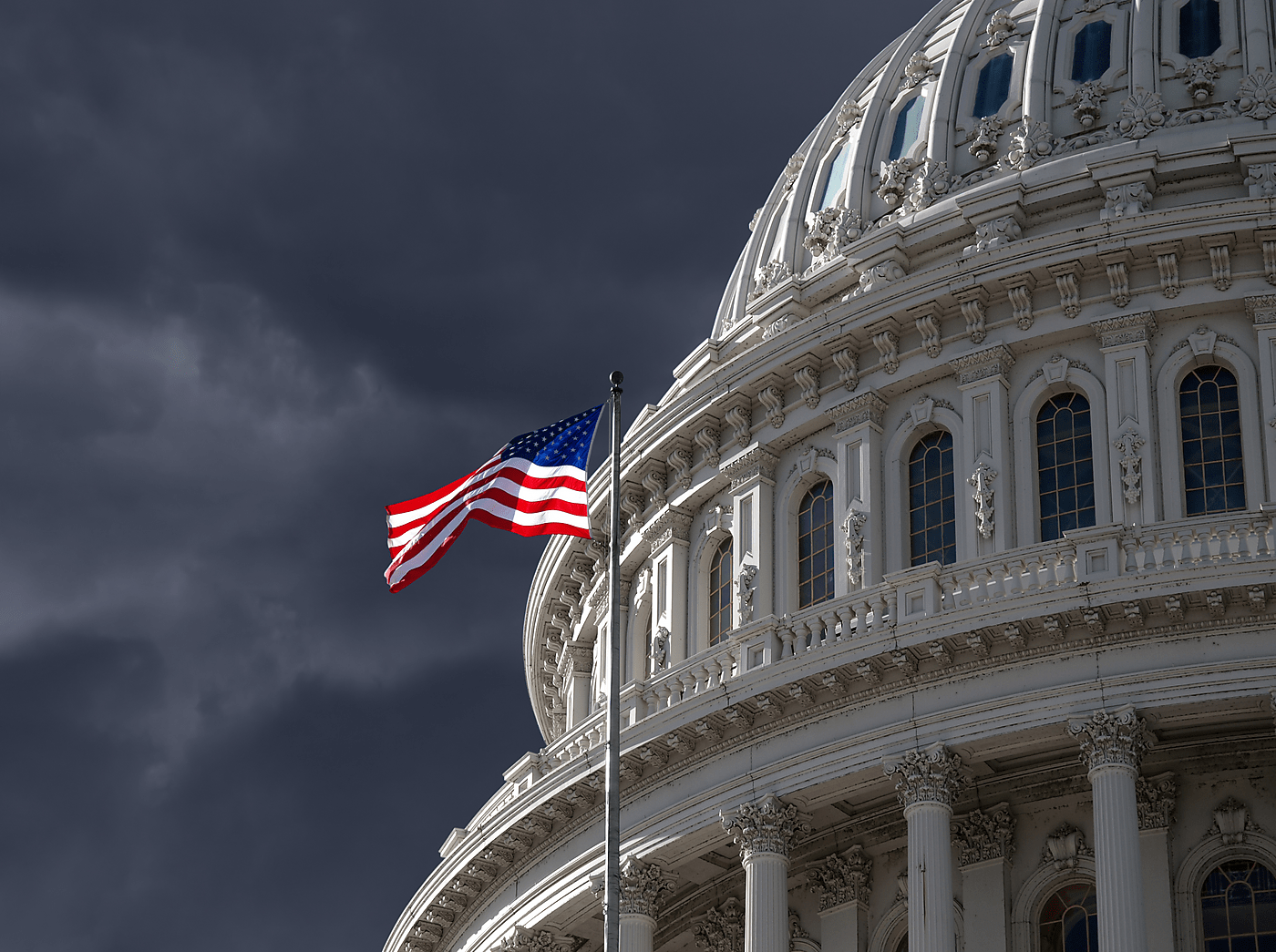Fitch Ratings, one of three major credit rating agencies, downgraded the U.S. debt from AAA (the highest possible rating) to AA+ yesterday, explaining:
“The rating downgrade of the United States reflects the expected fiscal deterioration over the next three years, a high and growing general government debt burden, and the erosion of governance…”
A ratings downgrade is intended to serve as a signal to markets that an issuer of bonds is less likely to repay interest or principal. In this case, the ratings downgrade is minor, from an “extremely strong capacity to meet financial commitments” to “very strong” capacity.
This is the second time in U.S. history that a major credit agency has downgraded the country’s debt. Standard & Poor’s downgraded the U.S. debt rating in 2011. Rates on 10‐year Treasury bonds fell after the announcement. While past performance is not necessarily indicative of the future, it’s not clear that interest costs will necessarily rise as a result of the downgrade. The U.S. economy is relatively strong, despite the drag from high and rising government debt, and the U.S. dollar remains the pre‐eminent global reserve currency. And yet, the long‐term fiscal trajectory is abysmal, with more than $100 trillion in deficits projected over the next 30 years as debt surges to an unprecedented 180 percent of gross domestic product (GDP).
While many commentators are focused on whether the Fitch credit rating downgrade reflects discontent with the nature of U.S. debt limit negotiations, we shouldn’t mistake a symptom for the cause. The United States faces a potentially catastrophic fiscal crisis in the long run, if spending and debt continue growing unabated. The responsible choice at the debt limit is to adopt reforms that address the driving forces behind the growth in the debt. The outcome of the May debt limit deal is indicative of legislative myopia and the tendency to kick the can down the road.
Congress should address the largest spending growth drivers, especially major health insurance programs like Medicare and Social Security. Following the inadequate debt limit deal that left the biggest cost drivers unaddressed, some members of Congress are eyeing the possibility of establishing a fiscal commission. A well‐designed commission, modeled after the successful Base Realignment and Closure Commission (BRAC) can help Congress overcome political gridlock and signal to markets and credit rating agencies that U.S. legislators are committed to stabilizing the growth in the U.S. debt.
Whether this credit rating downgrade turns out to be a blip or a more significant market event, we know that the U.S. budget is on a highly unsustainable path that threatens to undermine American prosperity and security if it goes unaddressed for much longer. Congress should seize this moment to establish a mechanism for stabilizing the growth in the debt. A BRAC‐like commission can help Congress see this through.
Recommended Reading:
From Debt Ceiling Crisis to Debt Crisis
National Security Implications of Unsustainable Spending and Debt
Medicare and Social Security Are Responsible for 95 Percent of U.S. Unfunded Obligations
Designing a BRAC‐Like Fiscal Commission To Stabilize the Debt
Cato Explainer Video: The Price of a U.S. Credit Rating Downgrade




